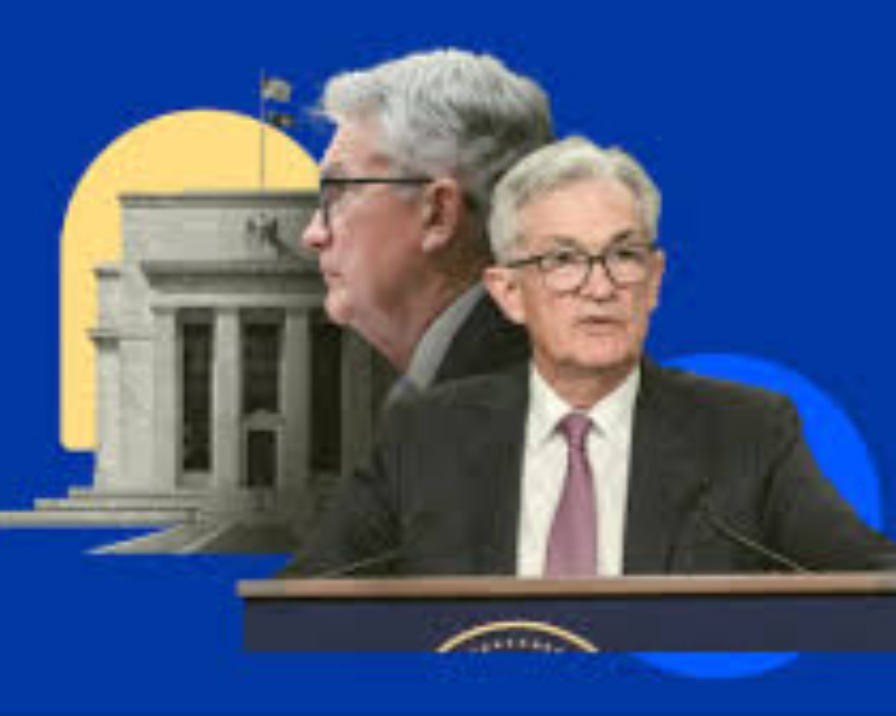Gold prices advanced sharply by more than 1% on Thursday during the North American session as US Treasury bond yields climbed, boosting the US dollar. The increase in yields provided a supportive backdrop for the greenback, while softer-than-expected US economic data fueled traders' confidence that the Federal Reserve (Fed) will ease its policy at least twice in 2024. At the time of writing, XAU/USD trades at $2,356.
Economic Data and Fed Policy
The latest economic data from the US continued to indicate a decelerating economy, prompting investors to price in two 25-basis-point (bps) interest rate cuts. A disappointing US jobs report revealed a higher-than-expected rise in unemployment benefit claims, adding to the perception of a slowing economy. Additionally, US housing data failed to meet expectations, with Building Permits and Housing Starts both showing declines.
Minneapolis Fed President Neel Kashkari commented that it would likely take a year or two to bring core inflation down to 2%. He emphasized that the trajectory of interest rates would depend on economic conditions, noting, "We are achieving disinflation despite remarkable economic growth."
Geopolitical Risks and Gold's Safe-Haven Appeal
Rising geopolitical risks have also bolstered gold prices. Tensions in the Middle East are escalating as Israel threatens to launch an attack on Hezbollah in Lebanon. Additionally, a newly signed pact between Russia and North Korea has increased the appeal of gold as a safe-haven asset. The yellow metal is currently trading near a crucial resistance level, reflecting investor concerns over these geopolitical developments.
Market Indicators and Fed Expectations
The CME FedWatch Tool shows that the odds for a 25 bps rate cut in September stand at 58%, down from 62% a day ago. Meanwhile, the December 2024 fed funds futures contract implies a 36 bps cut by the end of the year. This shift in expectations is partly due to recent economic data, which suggests a slowing US economy.
Daily Market Movements
- The US Dollar Index gained 0.405, rising to 105.64, creating a headwind for gold prices.
- US Treasury bond yields increased, with the 10-year Treasury note yield up more than four basis points to 4.257%.
- US Initial Jobless Claims for the week ending June 15 rose to 238,000, exceeding estimates of 235,000 but lower than the previous reading of 243,000.
- US Building Permits declined by 3.6% in May, from 1.44 million to 1.386 million. Housing Starts fell by 5.5%, from 1.352 million to 1.277 million.
Fed officials have advised patience on interest rate cuts, emphasizing they would remain data-dependent. Despite a positive CPI report last week, policymakers reiterated the need for more consistent data like May’s to confirm progress on inflation.
Gold's Performance and Future Outlook
Gold prices are consolidating weekly gains near the highest level in nine days at $2,366, despite the US dollar's recovery momentum and rising US Treasury bond yields. The market is now looking forward to preliminary business PMI data from both sides of the Atlantic for fresh trading impetus.
Gold remains on track to secure the second consecutive weekly gain, even with the US dollar's late rebound. This reflects continued optimism among buyers about potential interest rate cuts by the Fed in September.
Thursday's data pointed to a slowing US economy, with Initial Jobless Claims dropping 5,000 to a seasonally adjusted 238,000 for the week ended June 15, retreating from a ten-month high. Housing Starts fell 5.5% to a seasonally adjusted annual rate of 1.277 million units last month, the lowest since June 2020, and below the expected 1.37 million units.
Signs of a cooling US labor and housing market keep hopes for a September Fed rate cut alive, benefiting gold prices as a non-interest-bearing asset.
Global Interest Rate Trends
Additionally, a rate reduction by the Swiss National Bank (SNB) for the second consecutive meeting on Thursday, following similar actions by the Bank of Canada (BoC) and the European Central Bank (ECB), reinforces the narrative that the era of lower borrowing costs is already underway. This trend helps keep gold prices afloat amid underlying geopolitical tensions.
Geopolitical Developments
Gold continues to attract buyers as investors remain wary following the meeting between Russia’s President Vladimir Putin and North Korean leader Kim Jong Un earlier this week. This meeting resulted in a new agreement promising mutual assistance if either nation comes under attack, marking the first official agreement between Russia and North Korea since the Cold War era.
The pact, revealed during a summit in Pyongyang, underscores the growing geopolitical risks that support gold's status as the ultimate traditional safe-haven asset. Amidst ongoing Middle East tensions and the newly forged Russia-North Korea alliance, gold prices are likely to remain buoyant as investors seek security in uncertain times.



